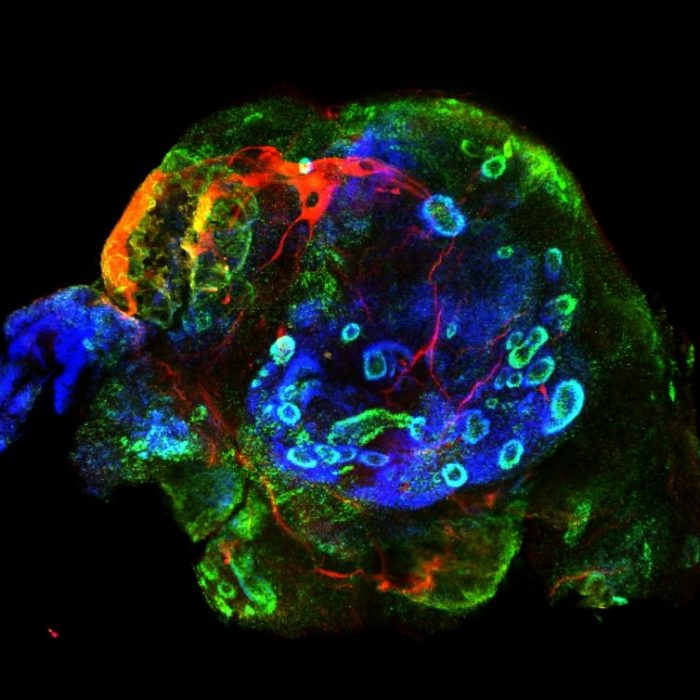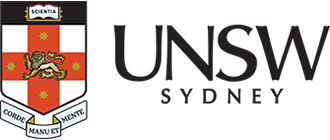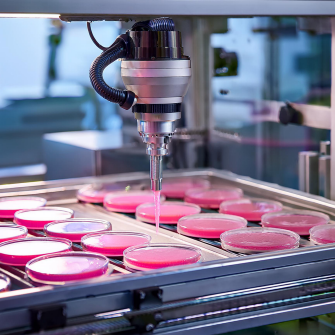Cerebral Organoids

Description
Cerebral Organoids can be generated from pluripotent stem cells following various protocols and kits. Our in-house generated organoids are produced using the STEMCell Technologies Cerebral Organoids Kit, which follows the Lancaster, et al 2013 protocol for differentiation of cerebral organoids. Alternative protocols for cerebral organoid generation are available upon request.
Cerebral Organoids feature self-organised neural organoids that contain cortical-like regions with the cellular composition and structural organisation representative of the developing human brain.
These organoids can be generated from commercially available iPSCs as well as hESCs and patient-derived stem cells to model specific genetic backgrounds. They are commonly used to investigate neuronal development and pathologies, such as Alzheimer's disease, providing insights into brain function and disease mechanisms.
Specifications
-
- Pluripotent stem cell derived
- Grown in suspension on orbital shaker
- Cultured as a minimum of 24 organoids
- Culture time (min. 30d)
- Can be maintained for >3 months
-
- Embryoid Body
- Neuroepithelium
- Cerebral Organoid
-
- Ventricular Zone (PAX6, SOX2, Ki67)
- Subventricular Zone (Ki-67, Vimentin)
- Intermediate Zone (TBR2)
- Cortical Plate (CTIP2, MAP2, TBR1)
- Neuronal markers: Nestin and Tuj1
- N-CAM
Applications
- Stem Cell Biology
- 3D Culture
- Organoids
- Drug Screening
- Psychology
- Neurobiology
- Disease Modelling
- Neuroscience
Instrument location
3D Culture Facility
Room 2061, Level 2
BioSciences (E26)
UNSW Sydney, NSW 2033
In 3D Culture Facility
Phone: 02 9348 8212
Email: 3Dculture@unsw.edu.au
Dr Alison Ferguson
-
Phone
02 9348 8212 -
Email
alison.ferguson@unsw.edu.au
Parent facility
Explore more instruments, facilities & services
Our infrastructure and expertise are accessible to UNSW students and staff, external researchers, government, and industry.








